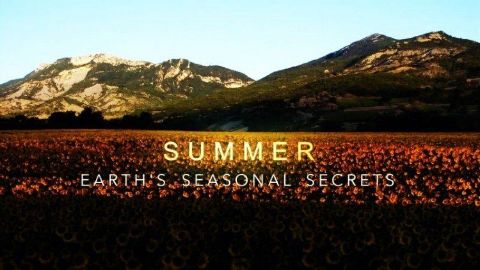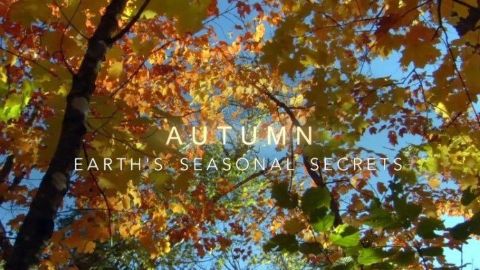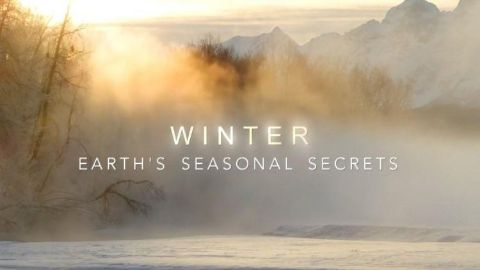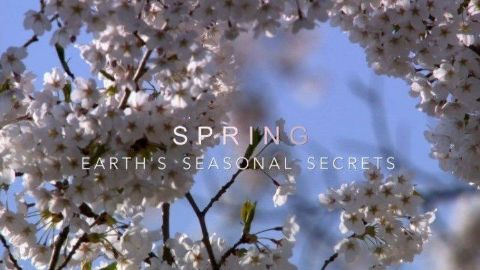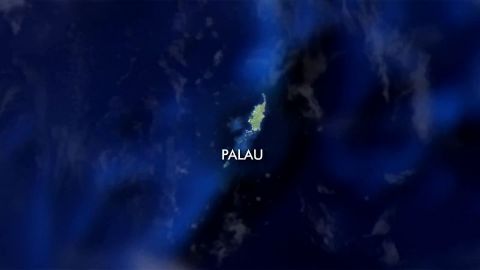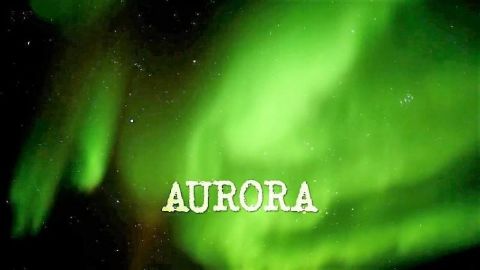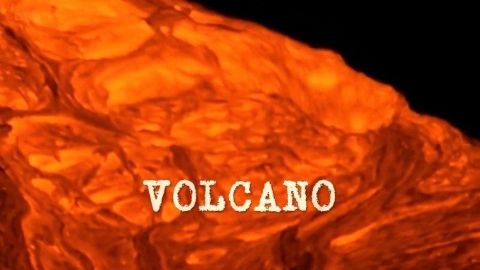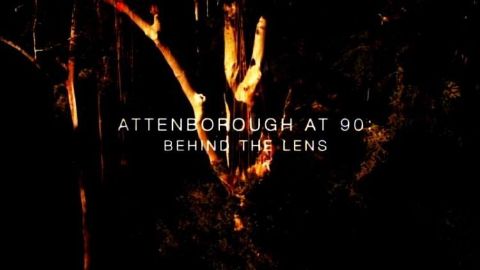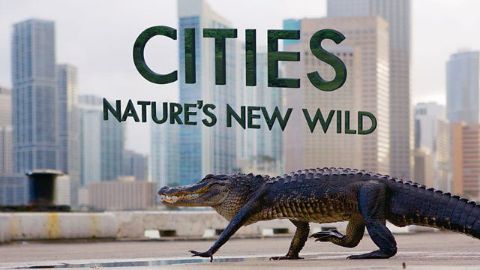Autumn • 2016 • episode "S1E2" • Earth's Seasonal Secrets
This special, narrated by Andrew Scott, celebrates the drama of Autumn and how animals and plants deal with the new challenges it brings. This is the time of year that brings the world's most spectacular transformations. With winter fast approaching, life has to get ready and that means feeding up while you can, fighting for the last chance to breed and rushing to grow up before the cold returns. While chipmunks and beavers dash to stash their winter supplies, many animals from musk oxen to beetles have to battle for mates and young gannets must face life's first dangerous challenges.
Make a donation
Buy a brother a hot coffee? Or a cold beer?
Hope you're finding these documentaries fascinating and eye-opening. It's just me, working hard behind the scenes to bring you this enriching content.
Running and maintaining a website like this takes time and resources. That's why I'm reaching out to you. If you appreciate what I do and would like to support my efforts, would you consider "buying me a coffee"?
Donation addresses
BTC: bc1q8ldskxh4x9qnddhcrgcun8rtvddeldm2a07r2v
ETH: 0x5CCAAA1afc5c5D814129d99277dDb5A979672116
With your donation through , you can show your appreciation and help me keep this project going. Every contribution, no matter how small, makes a significant impact. It goes directly towards covering server costs.
